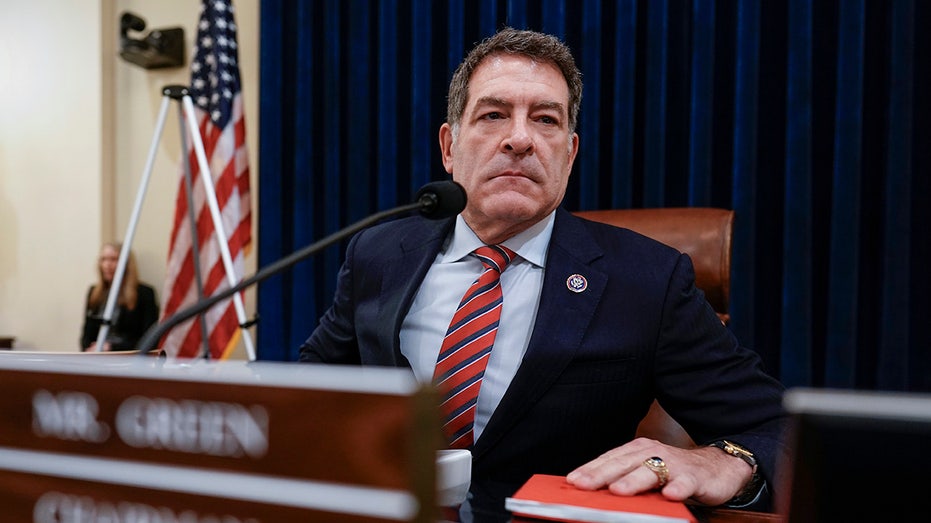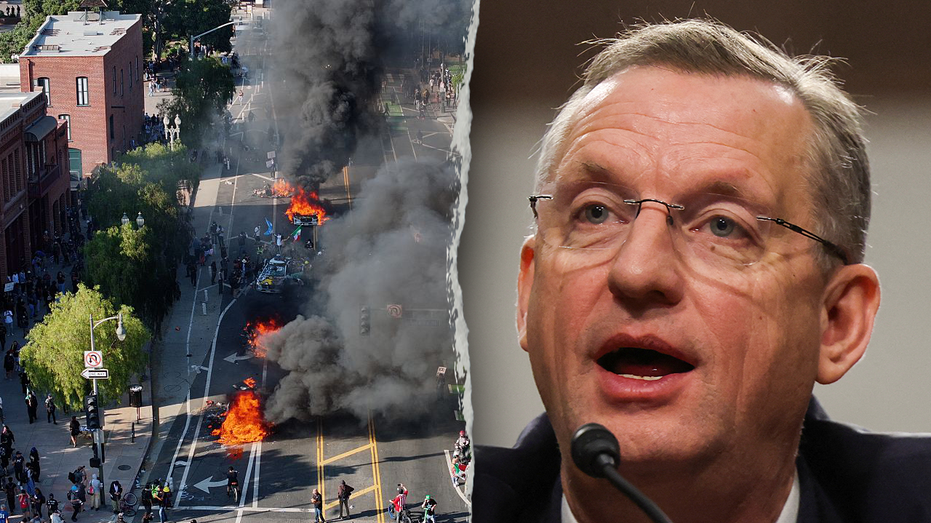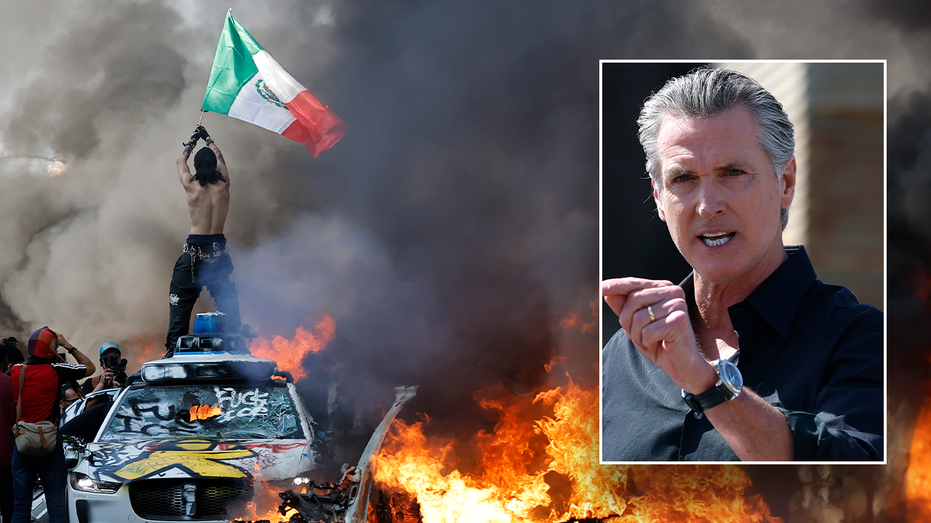Exploring Royal Palaces: The History and Significance of The Forbidden City and The Kremlin
Beijing’s Forbidden City and Moscow’s Kremlin: Iconic symbols of imperial grandeur and centuries-old cultural heritage.
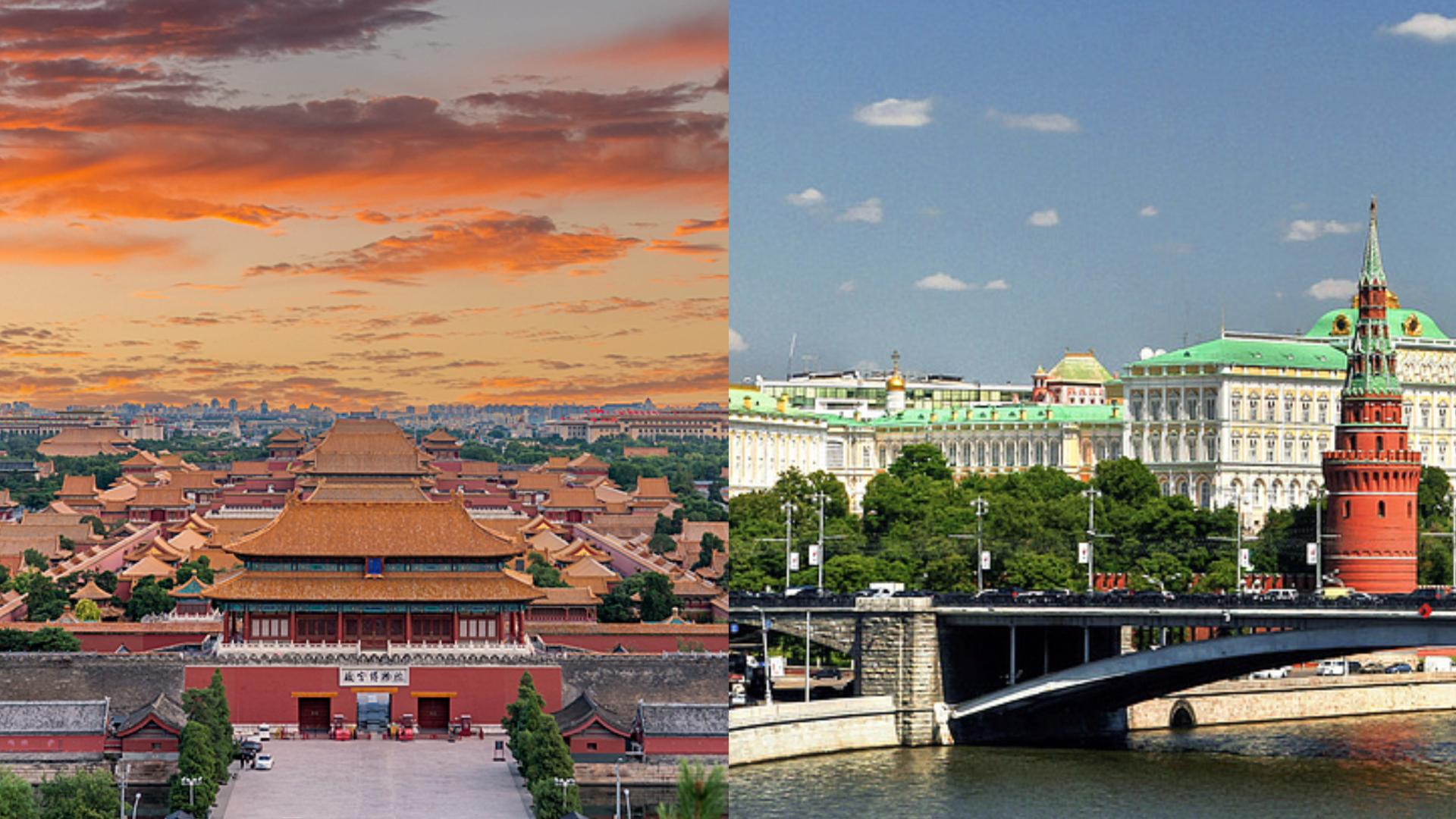
Palaces have long served as enduring emblems of authority and prestige. Among the most celebrated are the Forbidden City in Beijing and the Kremlin in Moscow, each of which has become a defining royal complex—one for China and the other for Russia. These architectural marvels continue to captivate the world, standing not only as reminders of imperial grandeur but also as repositories of cultural tradition and national pride.
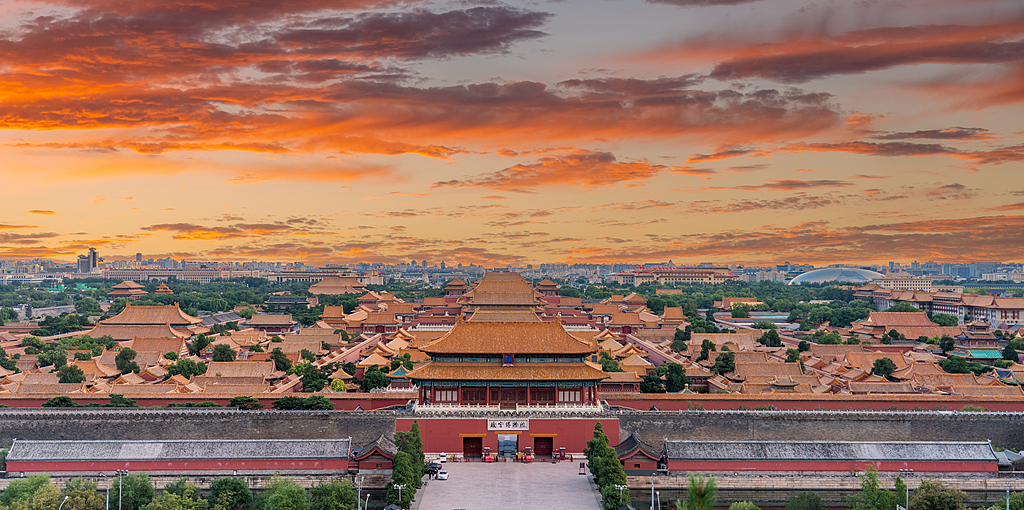
The Forbidden City’s construction began in 1406 under the direction of Emperor Yongle. For nearly five centuries, it served as the home of 24 emperors, first from the Ming dynasty and later the Qing. Its vast compound remains the world’s largest surviving wooden palace complex and is renowned for its meticulous symmetry, iconic red walls, golden roofs, and intricate designs that reflect Confucian ideals of hierarchy and harmony. The sheer scale and detail of its architecture speak volumes about the sophistication and ambition of the dynasties that ruled from its halls.
In the present day, the Forbidden City houses the acclaimed Palace Museum. As a designated UNESCO World Heritage Site, it is recognized for its outstanding universal value and commitment to preserving China’s artistic and historical legacy. Every year, millions of visitors walk through its gates, drawn by exhibitions of imperial artifacts, centuries-old artworks, and a unique opportunity to step into the heart of ancient Chinese civilization.
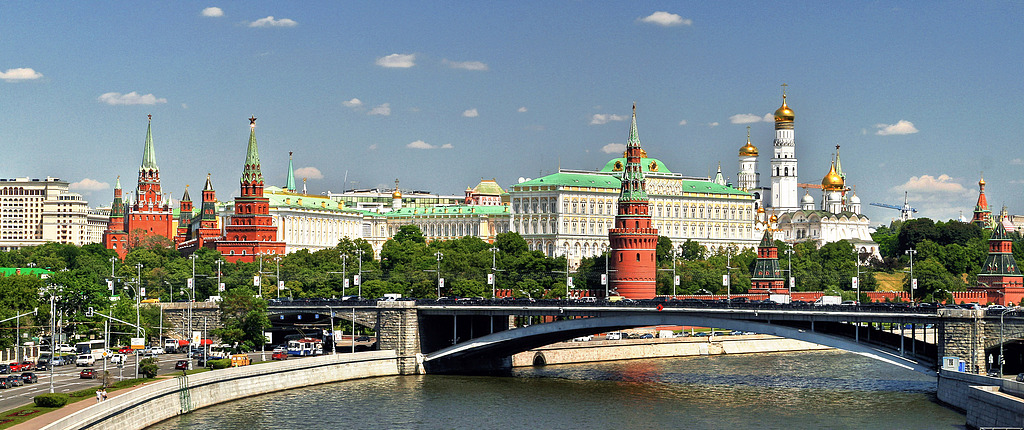
Meanwhile, the Kremlin, situated alongside the Moskva River in central Moscow, traces its roots back to the 12th century. Over time, it transformed from a medieval fortress to a grand seat of power, serving as residence to the tsars and later becoming a key center of the Russian Orthodox faith. Today, it houses the offices of the Russian president, standing as a vivid symbol of continuity and authority. The Kremlin’s walls enclose a striking blend of Byzantine, Gothic, and traditional Russian architectural elements, mirroring the nation’s rich and complex past.
Within the Kremlin, notable landmarks such as the Assumption Cathedral, where Russian rulers were crowned, and the Ivan the Great Bell Tower, once the tallest structure in Moscow, highlight the close intertwining of religious significance and sovereign power. They provide powerful reminders of the spiritual and political forces that have shaped Russian identity through the centuries.
Despite their distinct origins and styles, both the Forbidden City and the Kremlin stand as monumental testaments to their countries’ cultural confidence and historical resilience. These palaces not only represent the splendor of bygone eras but also continue to inspire a sense of national pride and international admiration, underscoring the enduring legacies of China and Russia in the modern world.

